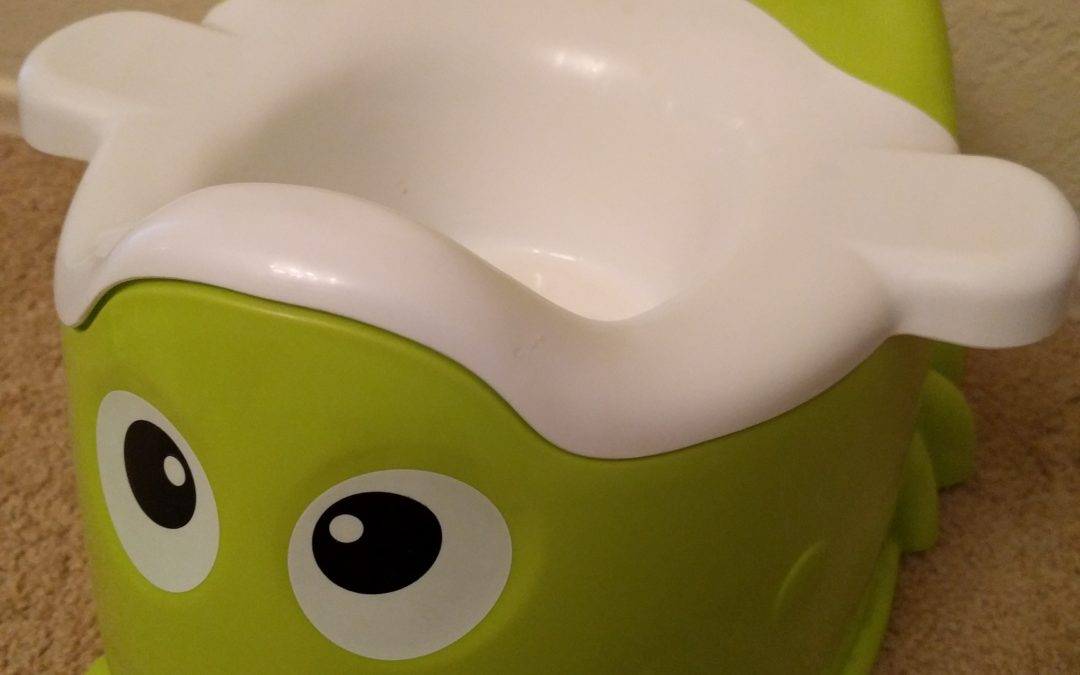If you were to urinate on the ground beneath plants, it turns out that you would add many of the same nutrients to the soil that bags of fertilizer add, and in similar quantities.
Bags of fertilizer are always labelled with their proportions of the three “macronutrients” that plants need most: nitrogen, phosphorous, and potassium. And these are listed as three numbers somewhere on the bag. Take E.B. Stone’s Citrus and Fruit Tree Food, which is labelled 7-3-3, meaning it contains 7% nitrogen, 3% phosphorous, and 3% potassium. E.B. Stone’s Tomato and Vegetable Food is 4-5-3. Then there’s Dr. Earth’s Premium Gold All Purpose Fertilizer at 4-4-4. Miracle-Gro’s Tomato, Fruit and Vegetable Plant Food is 9-4-12.
Though urine is greater than 95% water, the remaining constituents include nitrogen, phosphorous, and potassium. How much of each element one’s urine contains depends on diet, of course. (What is put in affects what comes out.) Studies I’ve read vary on their estimates. One report estimates urine to be 11-1-2, and another report estimates 15-1-2, and yet another estimates 7-1-2. In short, while your urine does not contain exactly the same things as your neighbor’s, it is agreed among the above reports that the nitrogen content is high relative to the phosphorous and potassium, and it is higher than in the commercial fertilizers mentioned above.
When considering urine’s usefulness as fertilizer it should be remembered that these large companies — E.B. Stone, Dr. Earth, Miracle-Gro — create fertilizer formulations that they intend to sell nationally, if not globally. These are not fertilizers geared toward growing in California, let alone Southern California specifically. And our soils here are very different from those in many other parts of the country. California soils generally naturally have sufficient phosphorous and potassium for optimal plant growth but are naturally low in nitrogen, and “nitrogen may be the only supplement necessary,” according to the California Master Gardener Handbook, published by the University of California.
That makes urine look like an even more appropriate fertilizer for us than many of the commercial products.
SOURCES:
(1) http://en.wikipedia.org/wiki/Urine#Fertilizer
(2) http://permaculturenews.org/2011/11/27/urine-closing-the-npk-loop/
Related Posts:




Flushing fertilizer also uses water! But any estimate of the salt content in urine and might that be an issue?
1-1-1-1
One Void into…
One (watering)can full of water; allow to…
Ferment for One day; fertilized…
Once/week
Use at the base of ‘fruiting’ plants; only on leafy plants early in development (“… don’t eat the yellow snow.”); freely around shrubs, trees & canes.